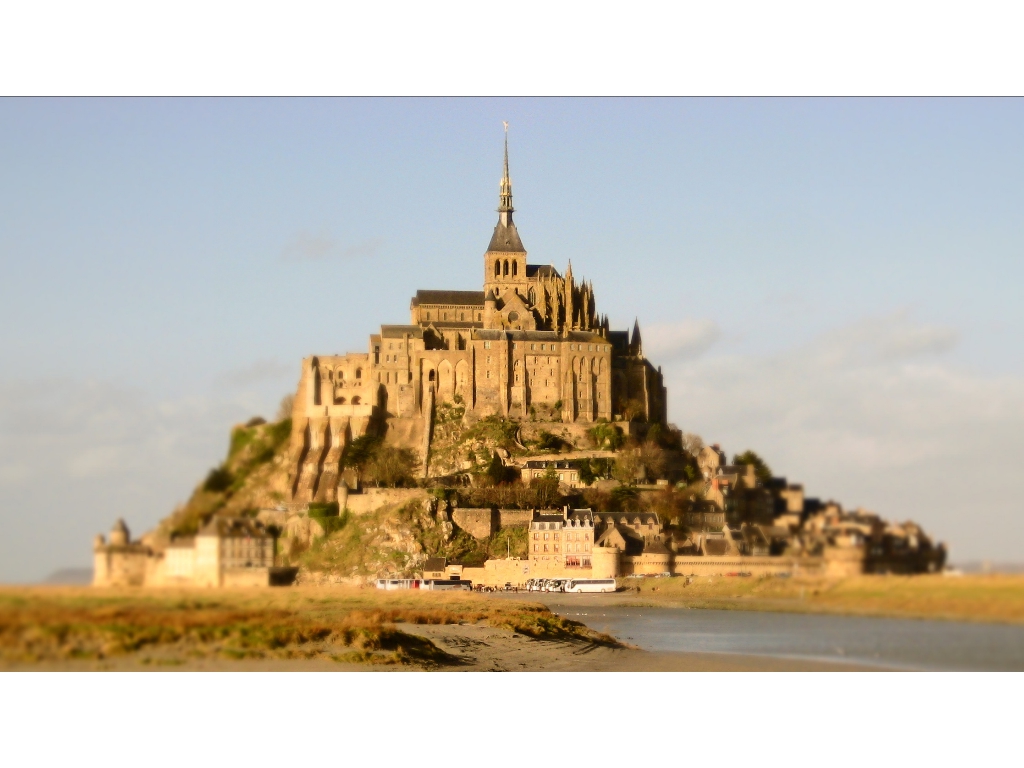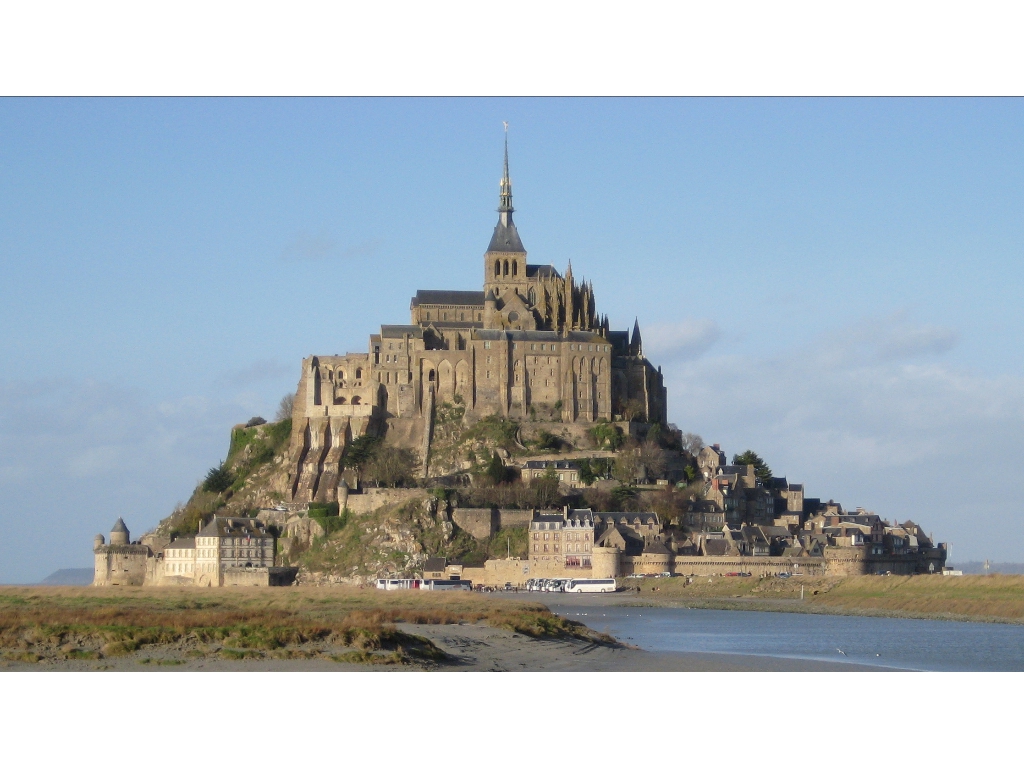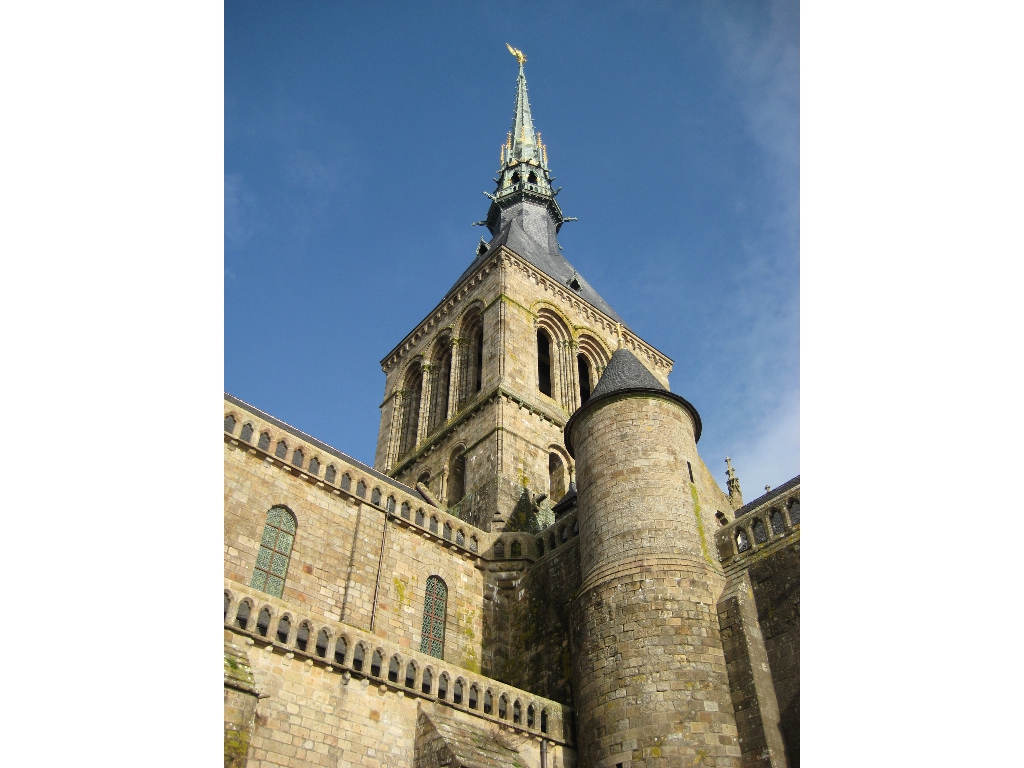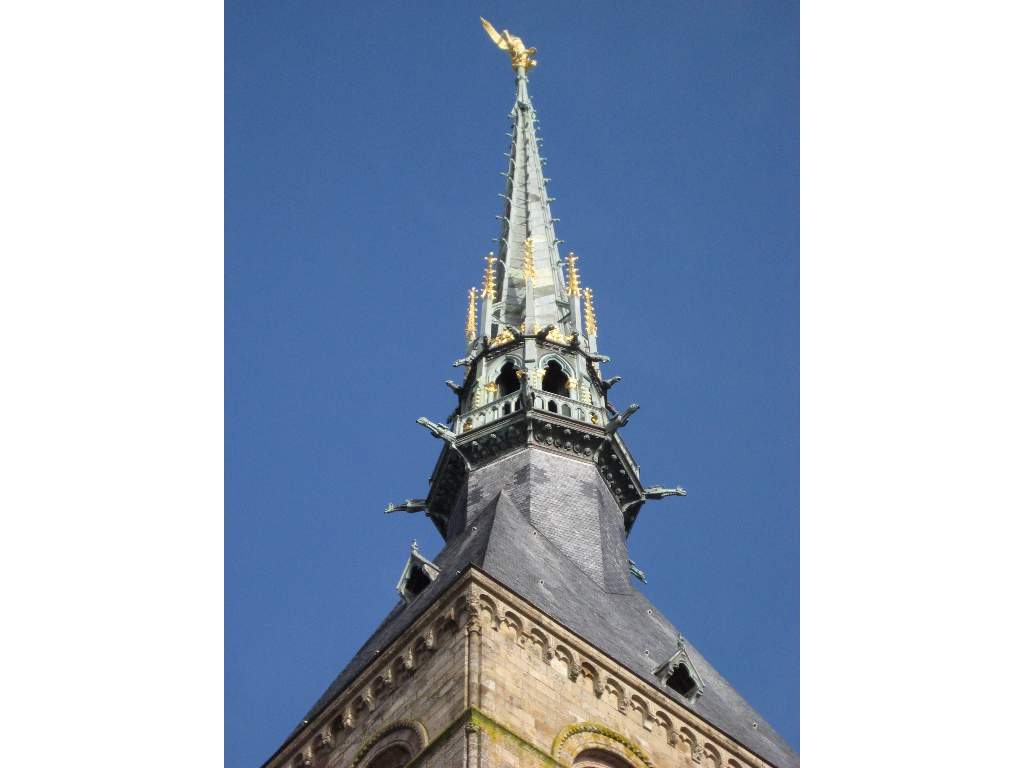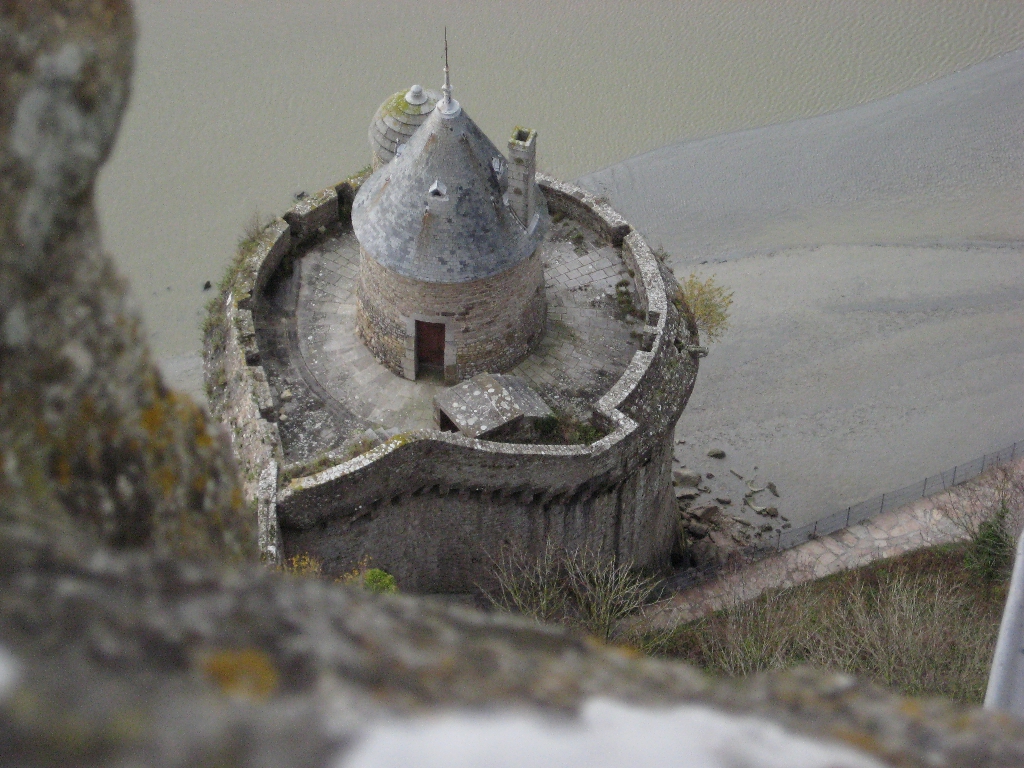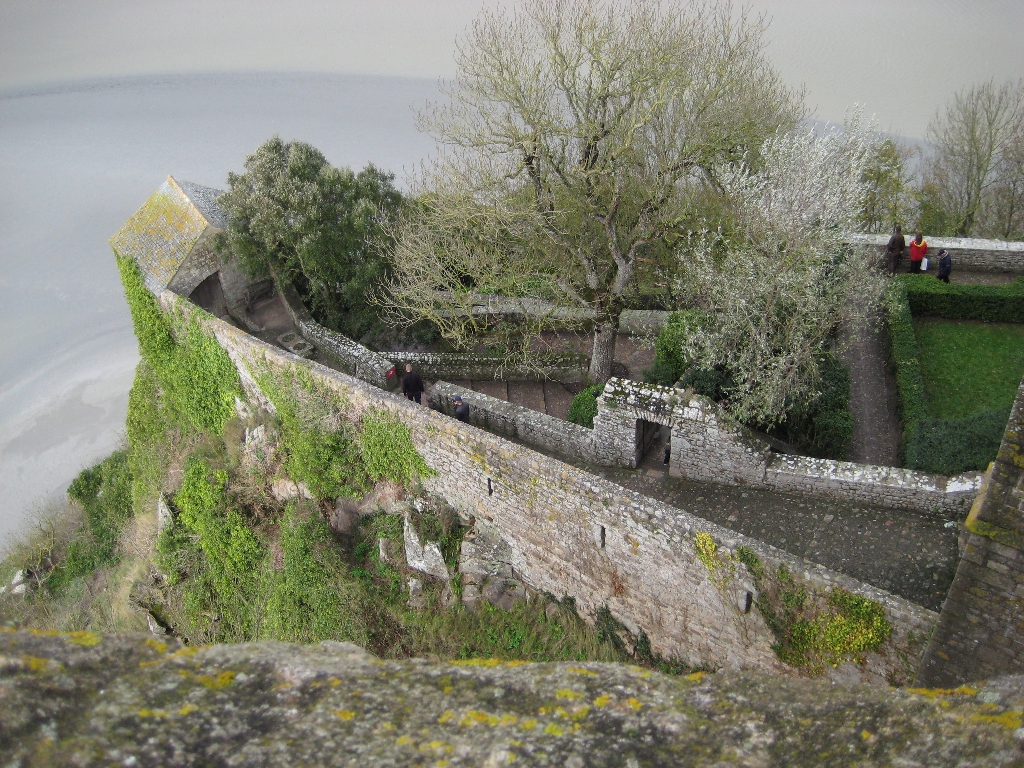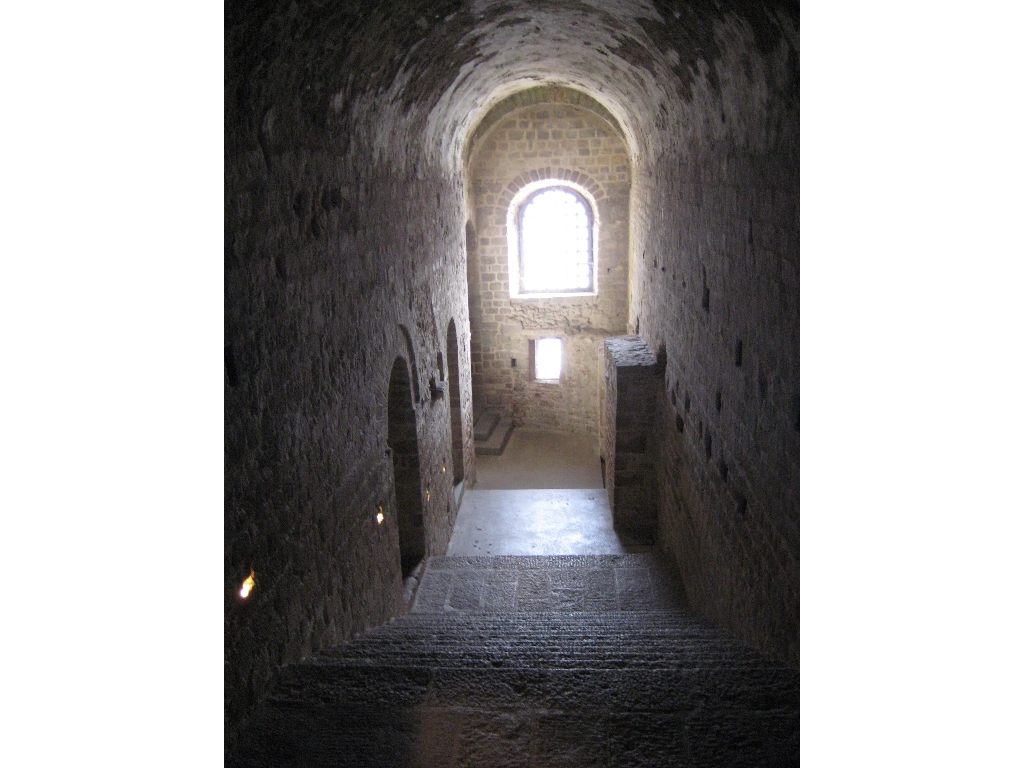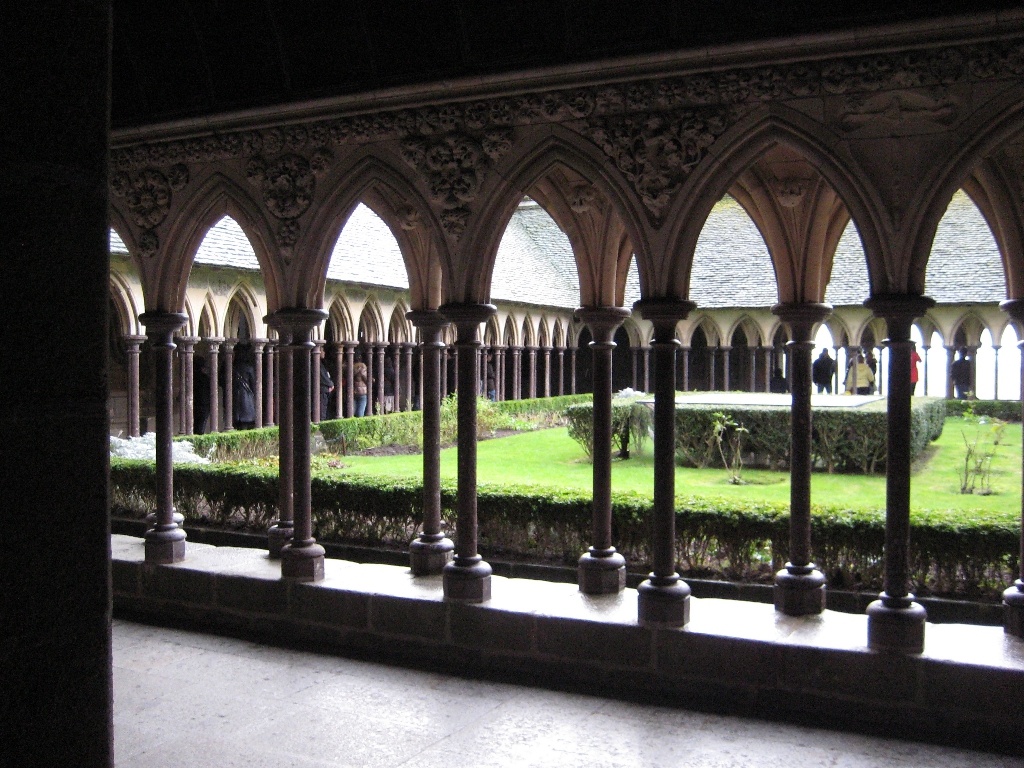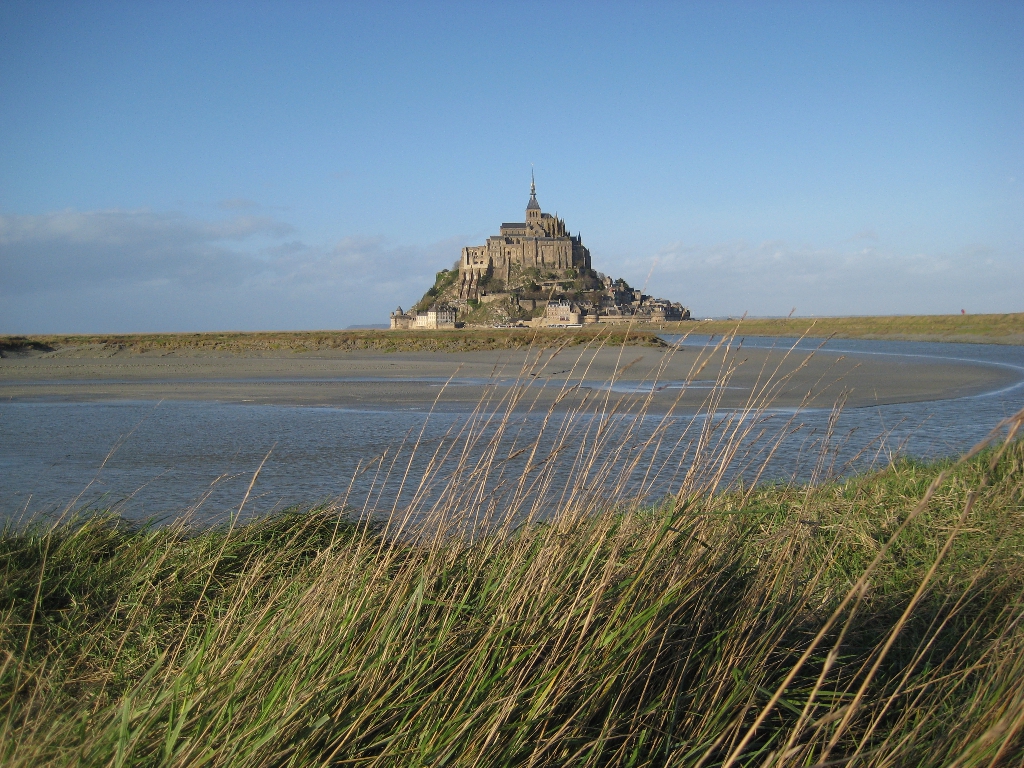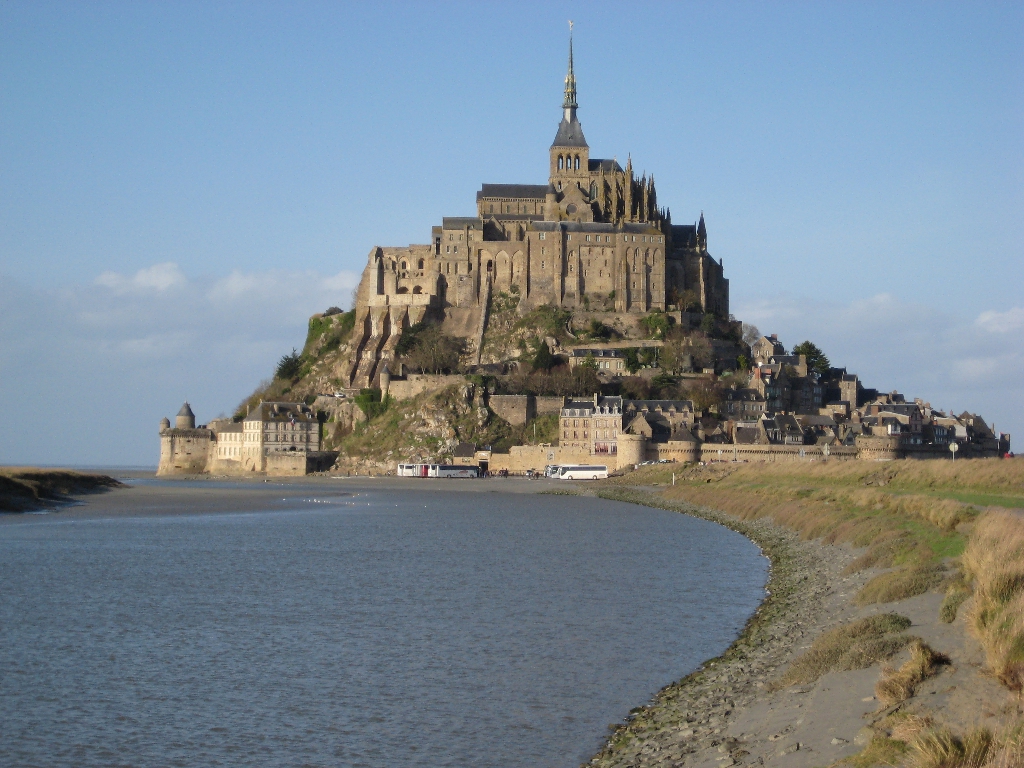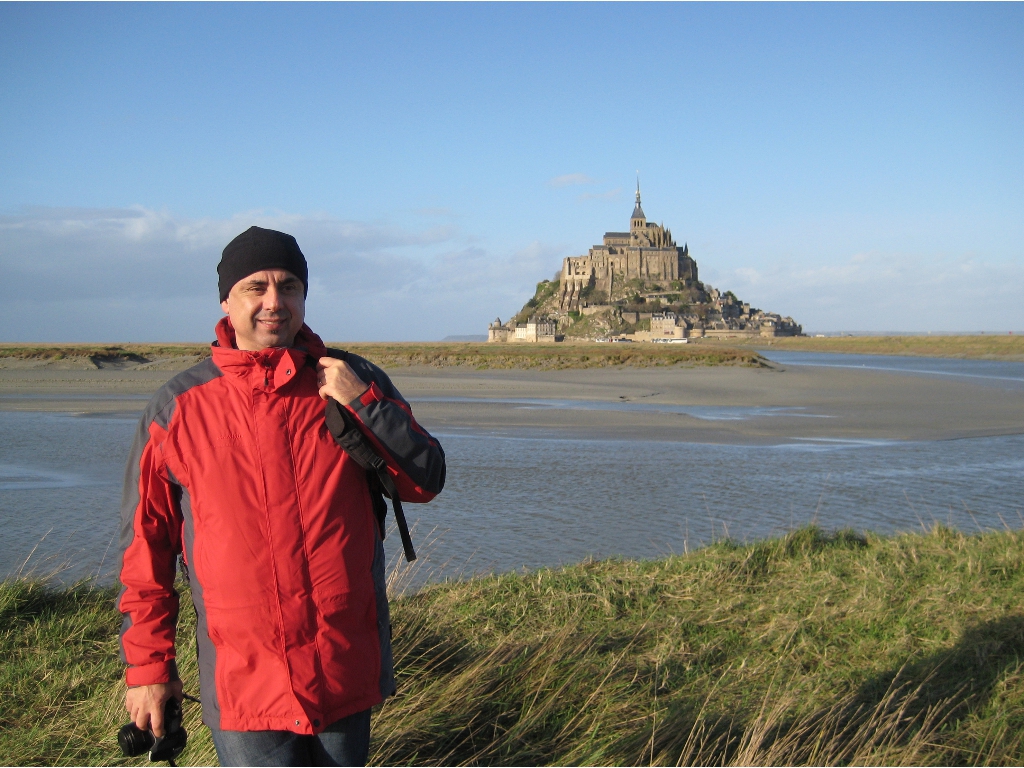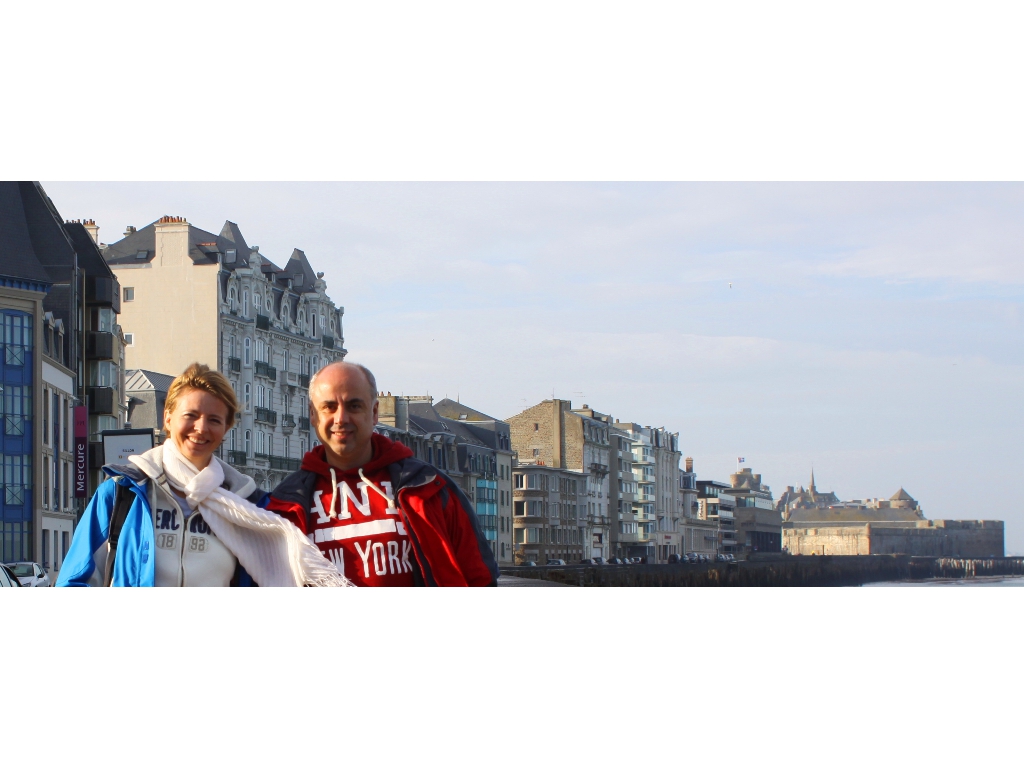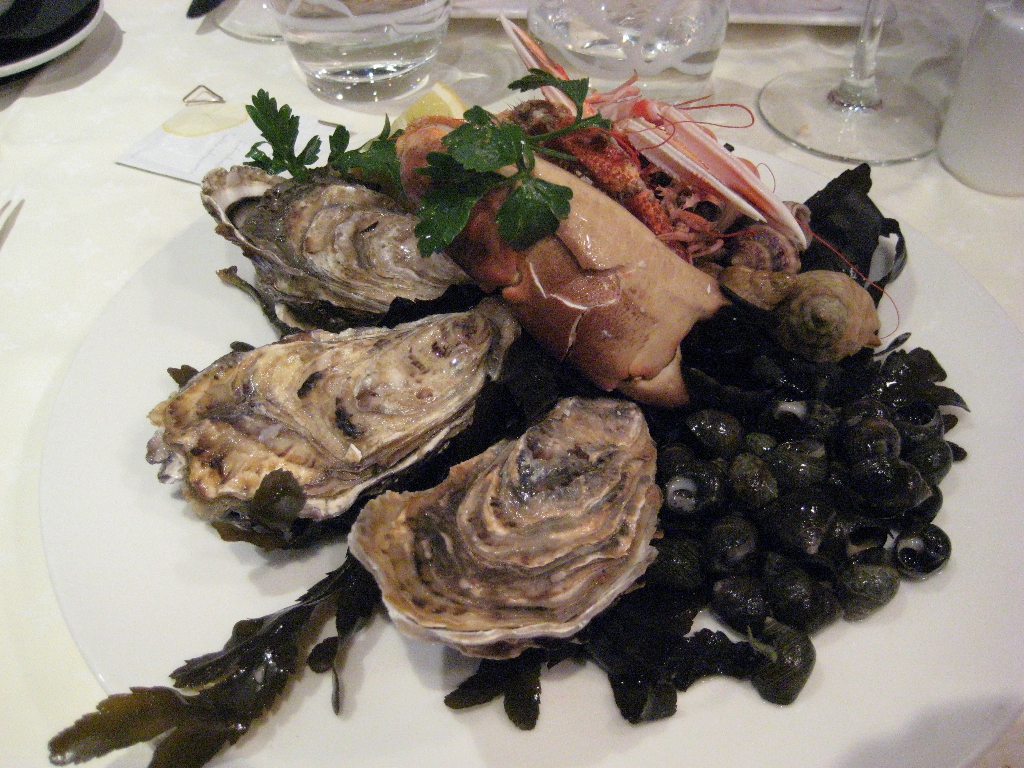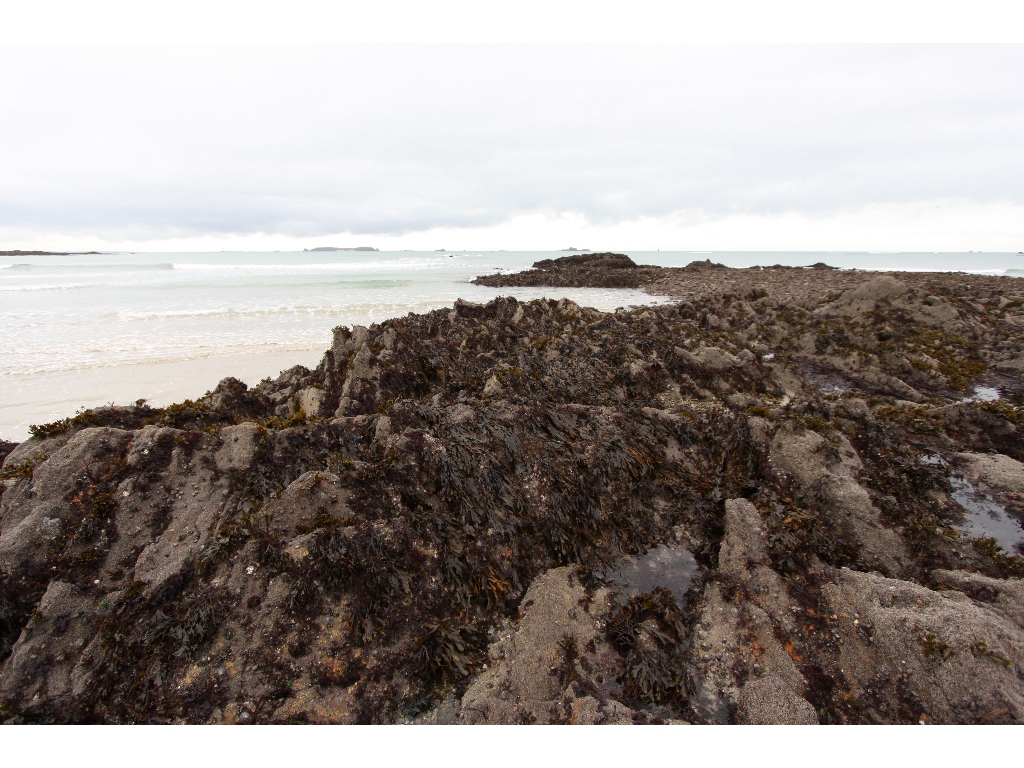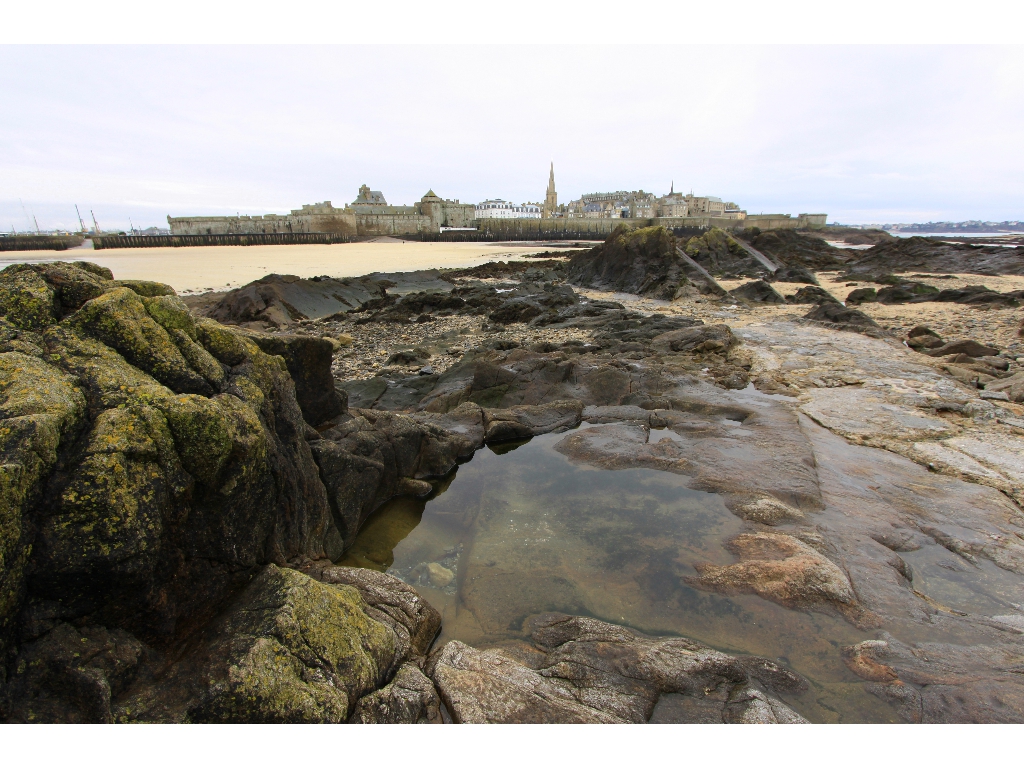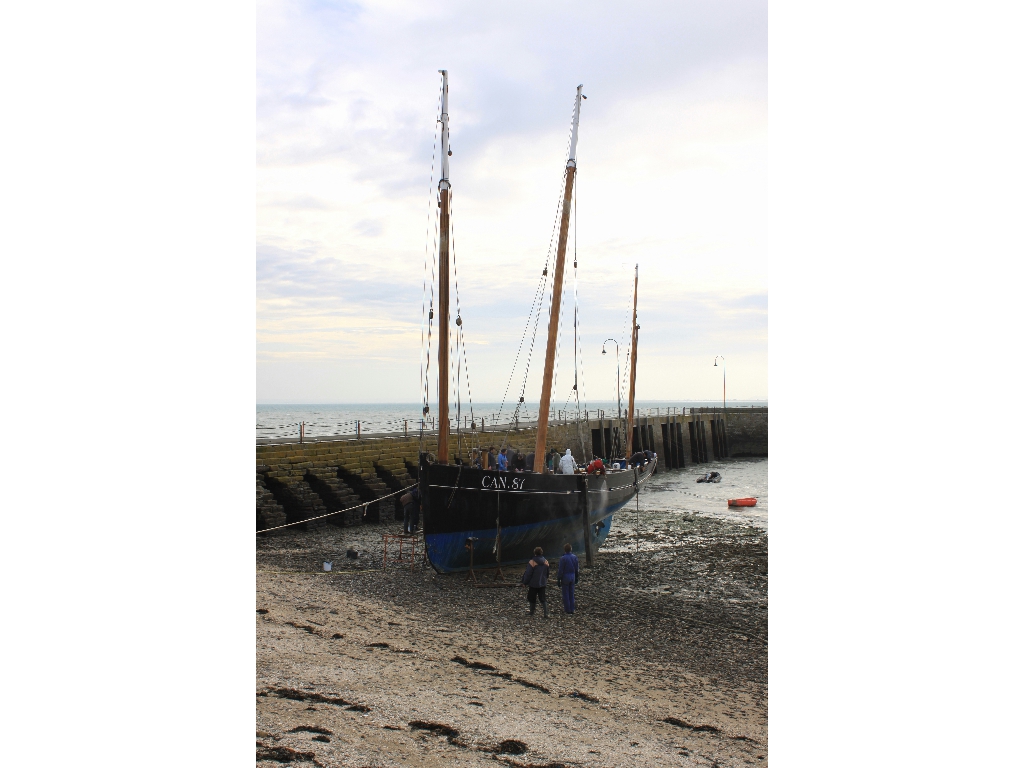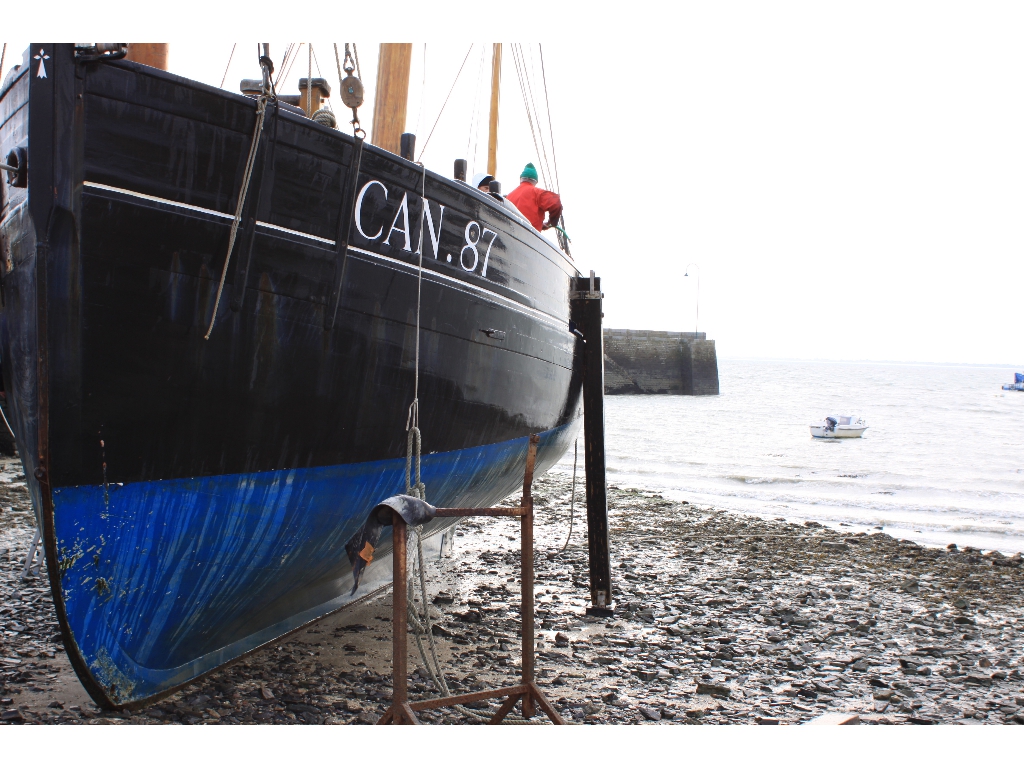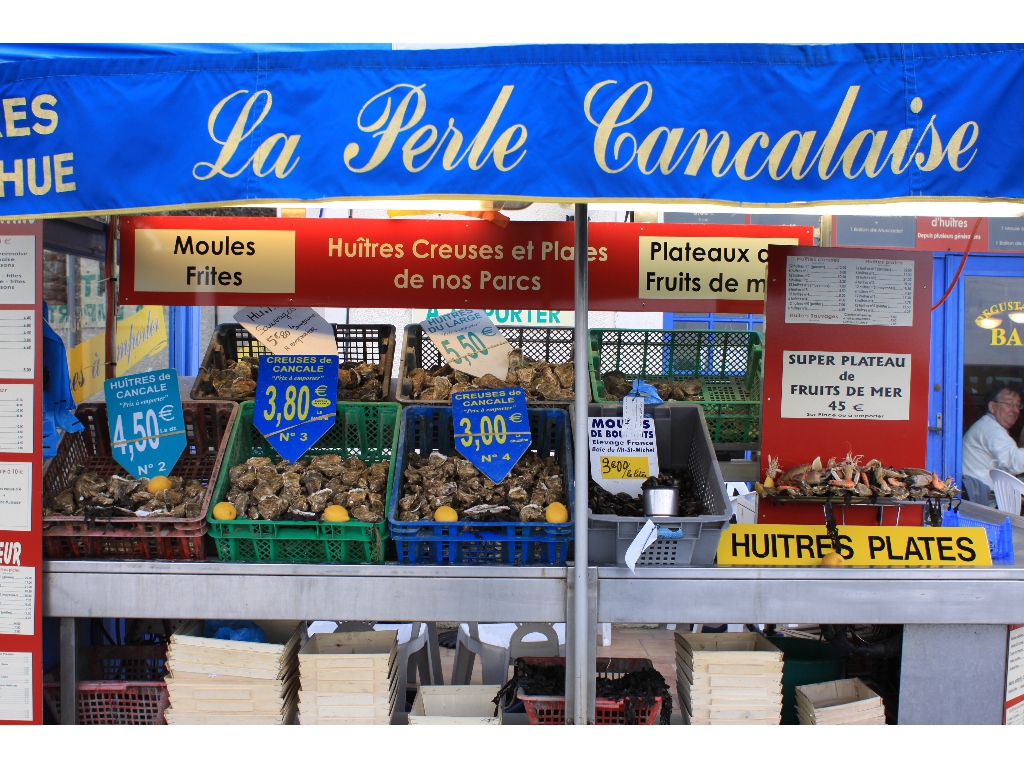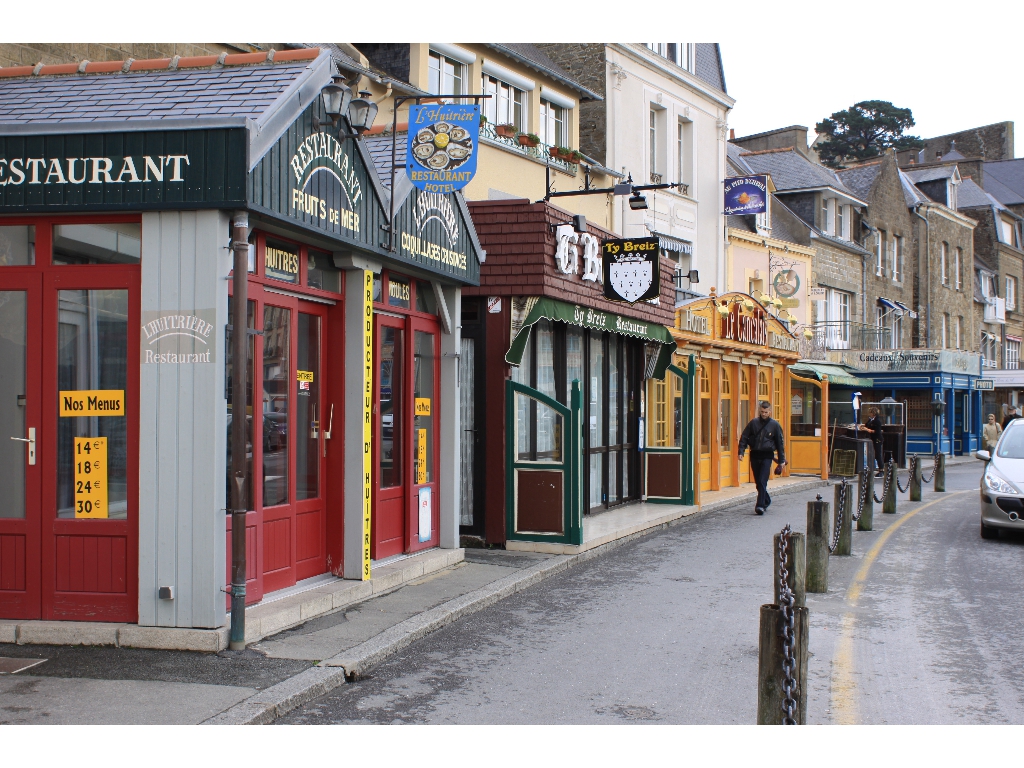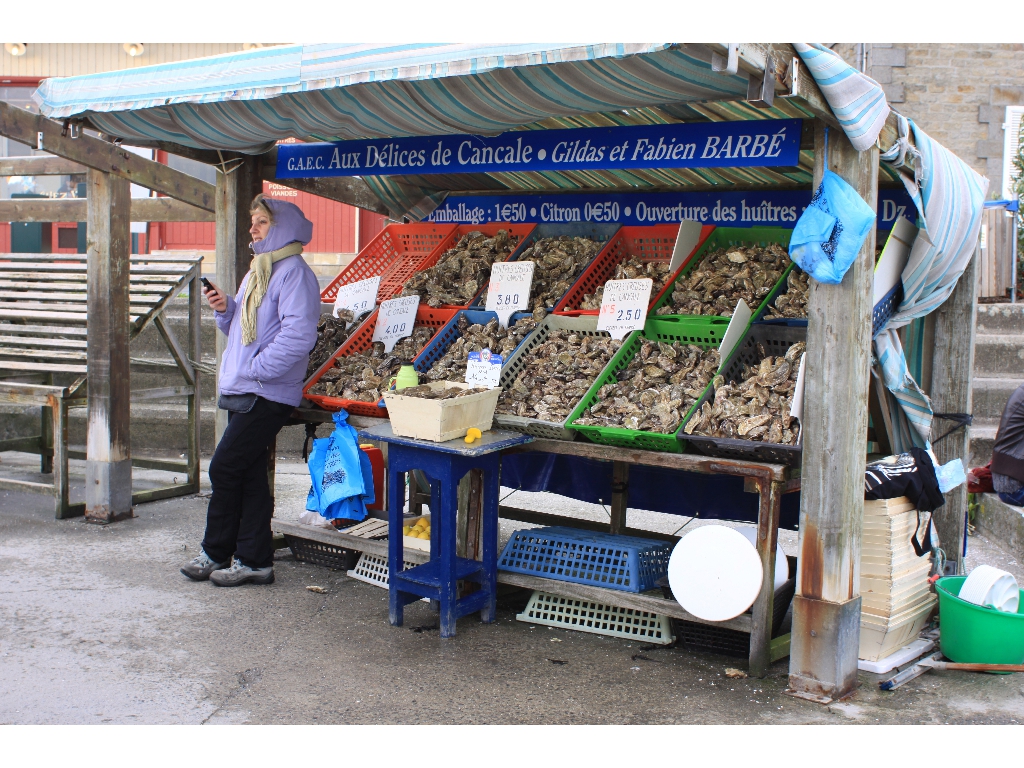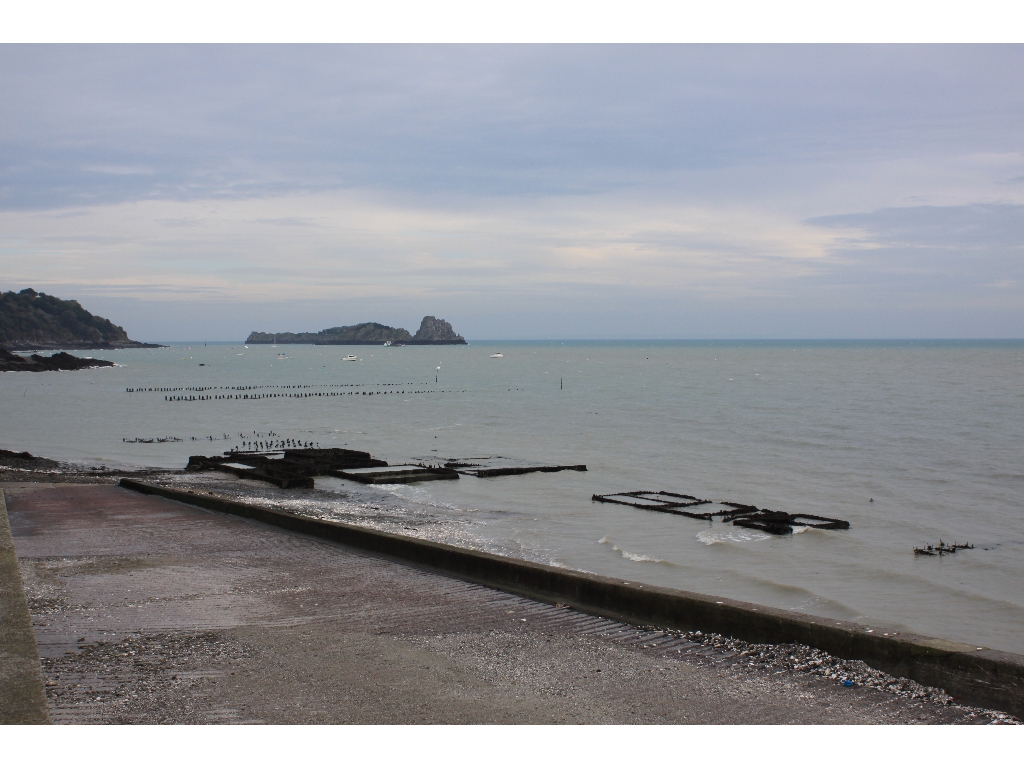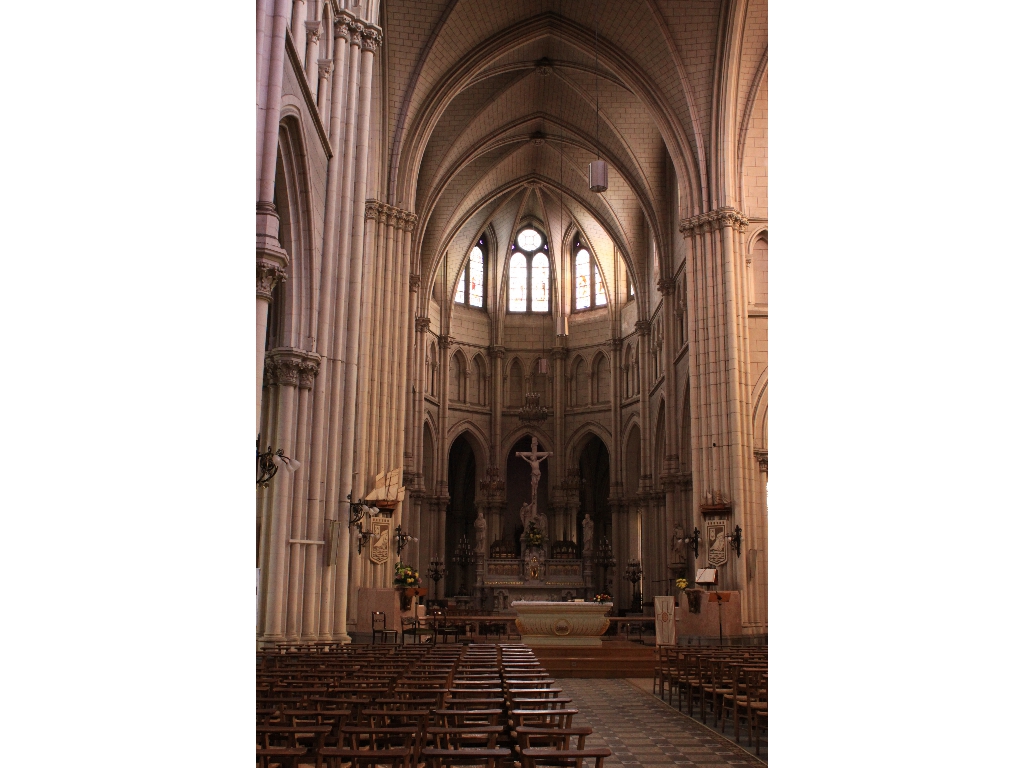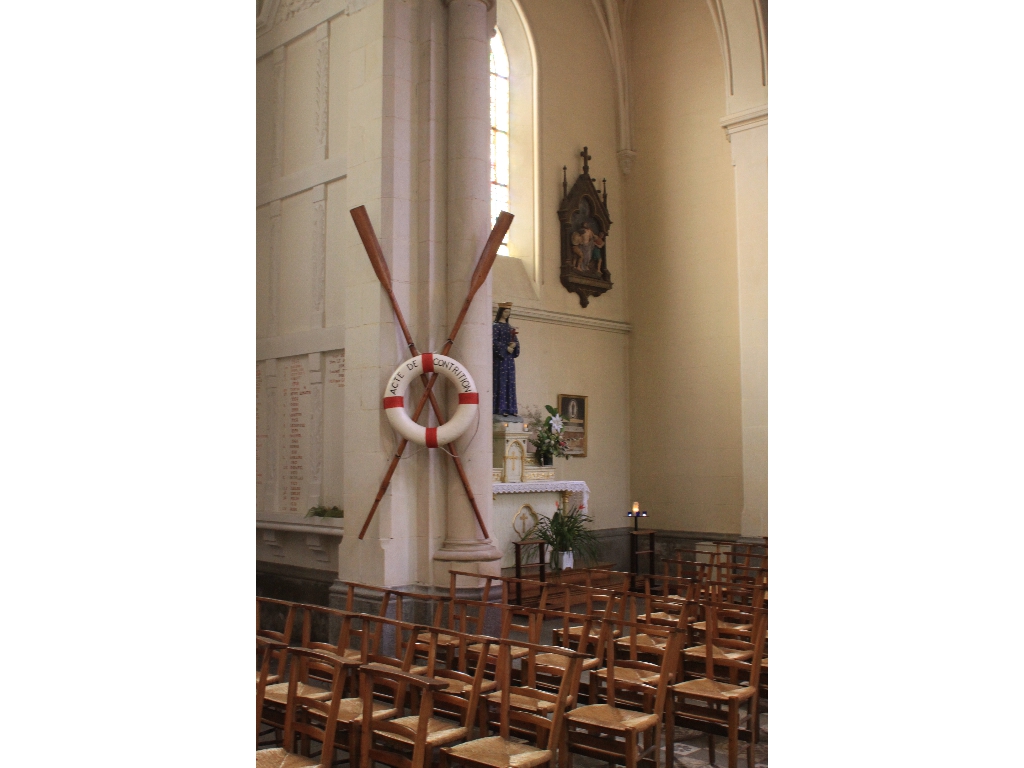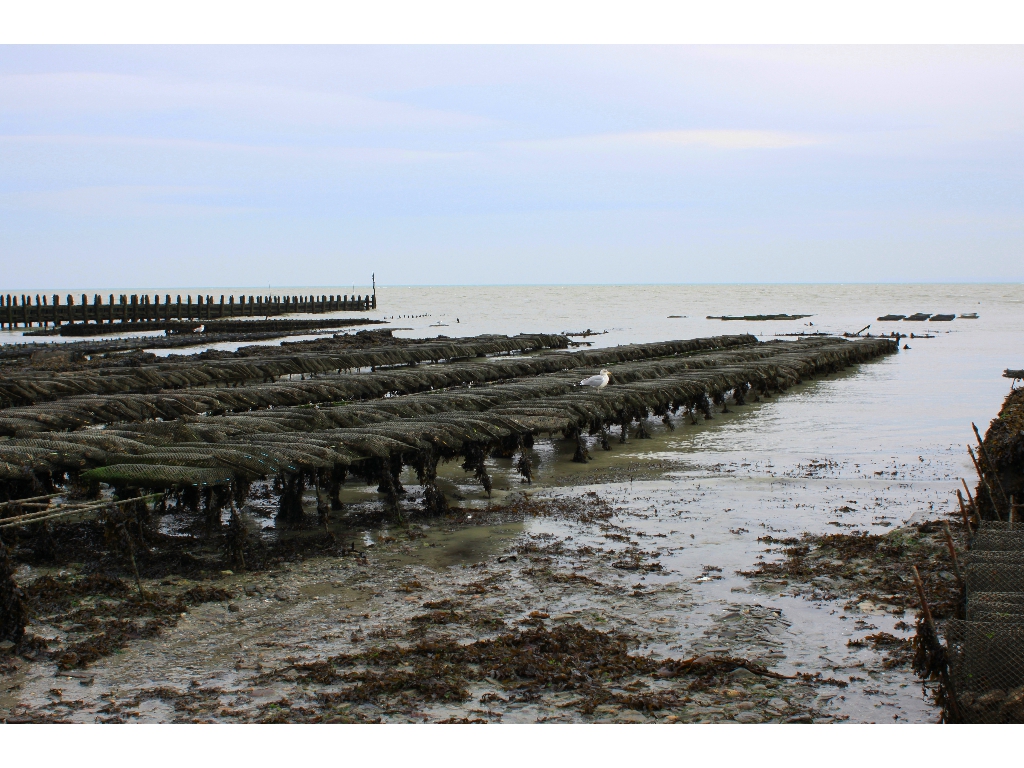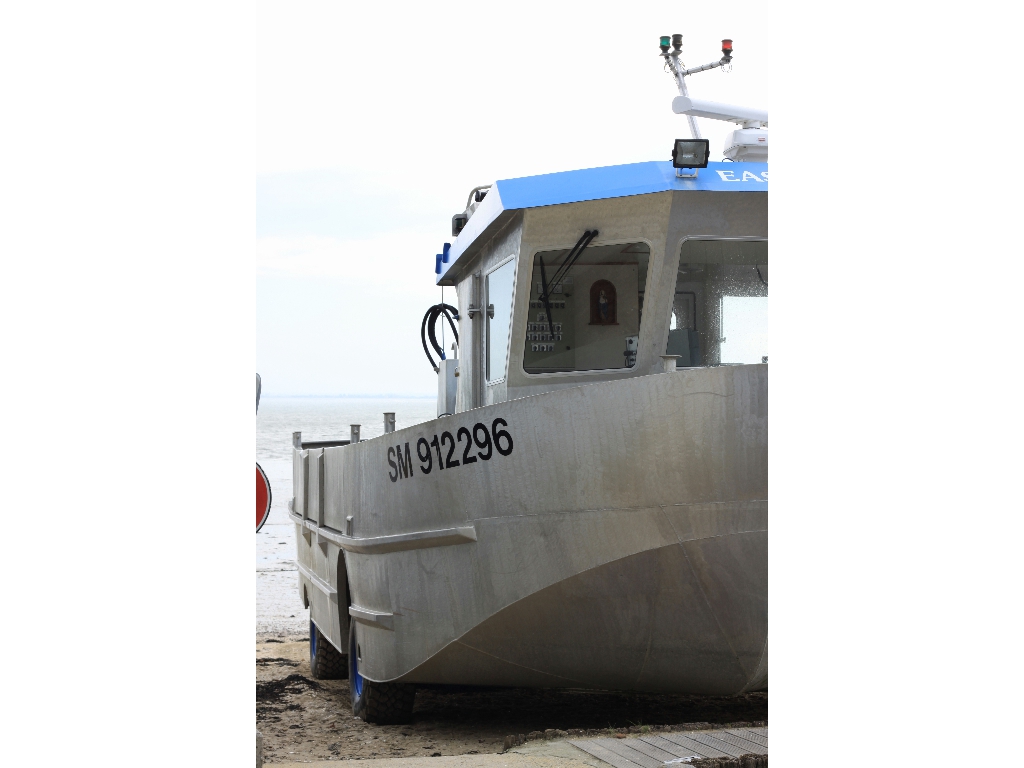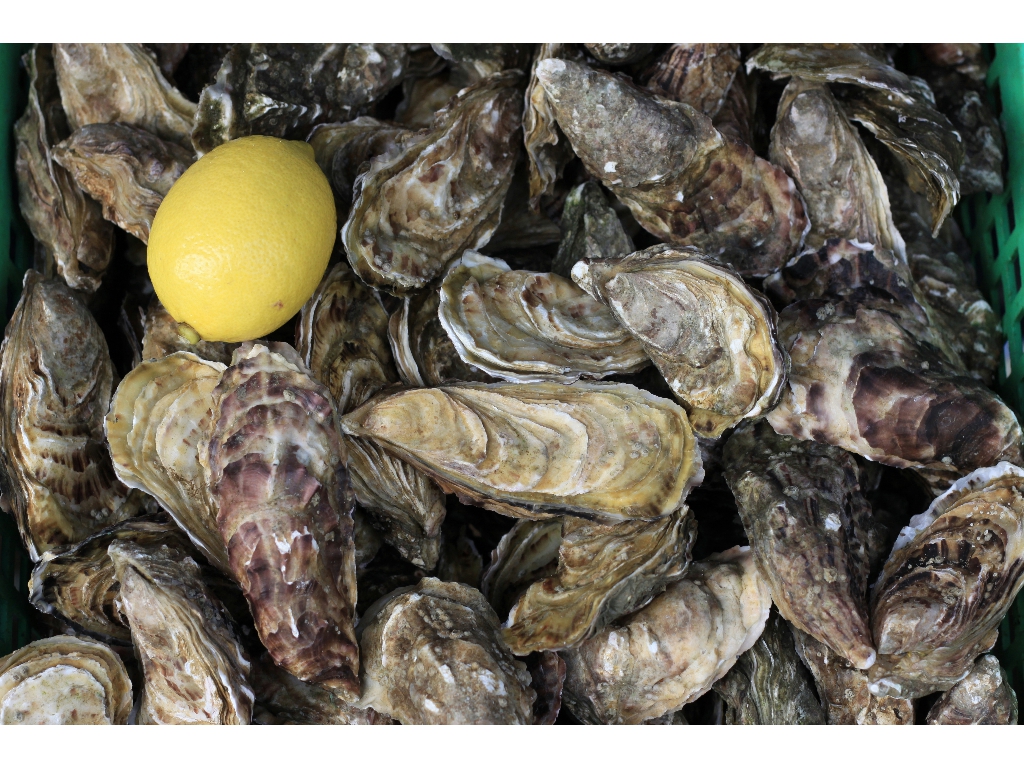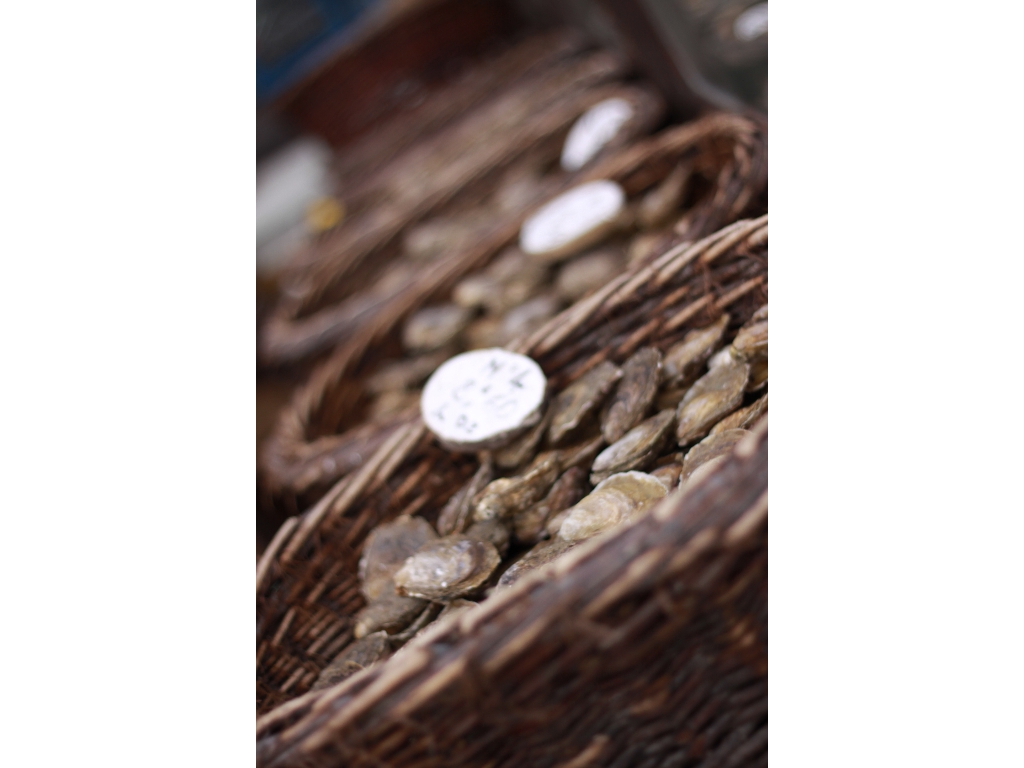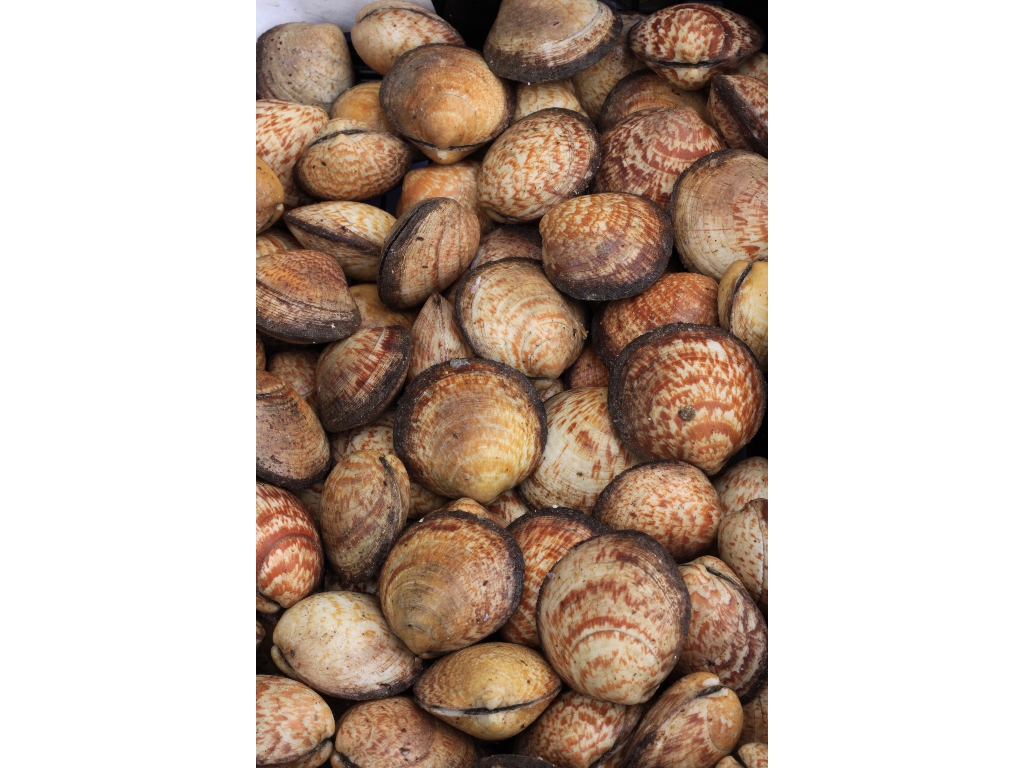Mont-Saint-Michel and its Bay
Brief description
Perched on a rocky islet in the midst of vast sandbanks exposed to powerful tides, at the limit between Normandy and Brittany, stands "Wonder of the West", a Gothic-style Benedictine abbey dedicated to the Archangel St Michel, and the village that grew up in the shadow of its walls. Built between the 11th and 16th centuries, the abbey is a technical and artistic tour de force, having had to adapt to the problems posed by this unique natural site. Thus, the practical and aesthetic solutions inscribed in the stones of the edifice are henceforth inseparable from its natural environment.
This Benedictine abbey, founded in 966, was erected on a sanctuary dedicated to the Archangel Michel since 708 and conserves some vestiges of the Romananesque period. The older part of the present abbey, the small pre-Romanesque church with a double nave, Notre-Dame-sous-terre, in granite masonry and flat bricks, dates back undoubtedly to the 10th century. The contribution of the Romanesque period is still visible in the nave of the abbey church, whose crossing is supported by the rock summit, and in a group of conventual staggered buildings (the chaplaincy or gallery of Aquilon, the covered gallery of the monks of which the vault, constructed after 1103, would be one of the earliest examples of ribbed vaulting).
But it is the masters of the Gothic period who, benefiting as best they could from the restricted area, invented the high walls, the soaring masses, the open volumes, the airy pinacles and the sharp silhouette of the rock. The new body of the conventual buildings, built from 1204, merits the name of "Merveille" (Marvel) for the elegance of its conception. Above the chaplaincy of the 12th century, it comprises the celebrated rooms known as the 'Hôtes' and the 'Chevaliers' and, on the uppermost floor, in addition to the vast body of the refectory, the cloister with colonnettes grouped in five, open on one side to the sea. Among the many later additions, mention should be made of the flamboyant choir of the abbey church, begun in 1448 to replace the Romanesque choir which had previously collapsed.
The Mont-Saint-Michel, sanctuary located in a difficult place of access, in accordance with the tradition of places of worship dedicated to Saint Michel, place of pilgrimage frequented throughout the Middle Ages, and later seat of a Benedictine abbey of strong intellectual influence, is in its most characteristic aspects, one of the most important sites of Christian civilization in the Middle Ages.
